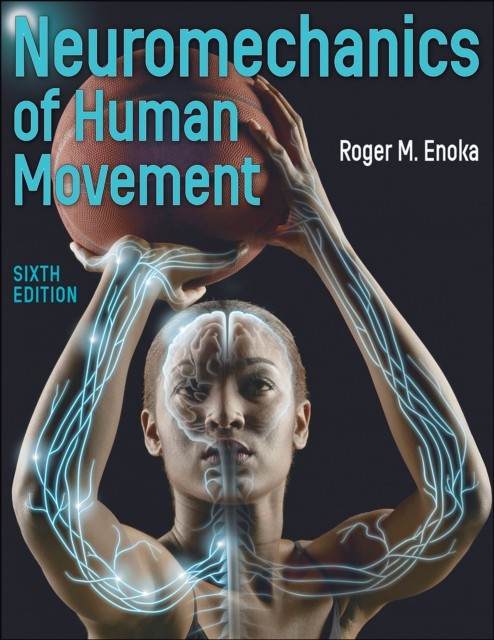
Neuromechanics of Human Movement Paperback / softback
by Roger M. Enoka
Paperback / softback
- Information
Description
Neuromechanics of Human Movement, Sixth Edition, integrates knowledge from the fields of neurophysiology and biomechanics into a unified framework known as neuromechanics.
This contemporary approach transcends traditional approaches that focus solely on mechanics and do not consider the role of the sensorimotor system in the control of human movement.
Authored by Roger Enoka, a widely recognized and esteemed scholar in neuromechanics, this influential text makes complex information accessible to students of biomechanics, motor learning, and applied physiology. With more than 500 new references from contemporary research, this sixth edition provides a scientific foundation to the study of human movement, employing precise terms and definitions when discussing ideas.
The end of the book includes an appendix that showcases both the base and derived units of the metric system, an appendix that features curve fitting and smoothing to help readers understand how to reduce noise in their data, an appendix on body segment properties, and an appendix that covers the motion at the major joints of the human body.
The book also includes a glossary of key terms to help readers better understand the material.
The text includes more than 50 practical learning examples, giving students the opportunity to work through a variety of problems and explore current research and applications.
Content is visually reinforced with over 325 figures, including illustrations of the neuromechanics involved in sport and rehabilitation movements, to engage students. Significant content updates in the sixth edition present information relevant for both research and clinical environments, including more contemporary examples throughout the text.
The latest edition includes new information on the following subjects: Wearables to track movement kinematics Characterization of gait disorders Technical advances in electromyography Interactions between muscle, tendon, bone, and joint Intermuscular reflex pathways Control of intentional actions Fatigue and fatigability Training protocols Motor recovery after nervous system injury To encourage a comprehensive learning experience, the text follows a logical progression in which each part builds on the material from the previous section.
It begins with an introduction to the biomechanical terms commonly used to describe movement, focusing on the relationship between force and motion.
Part II deals with the motor system and introduces essential concepts from neurophysiology required for understanding how movement is produced by the nervous system.
Part III focuses on adaptability of the motor system, including the acute and chronic changes that can occur in response to deviations in an individual’s level of physical activity. The sixth edition of Neuromechanics of Human Movement provides a scientific basis for the study of human movement while continuing to expand current knowledge in the fields of biomechanics and neurophysiology.
By integrating these fields in a unique framework, this text offers professionals and students both valuable clinical information and inspiration to deepen their study of human movement.
Information
-
Pre-OrderFree UK DeliveryThis title is available for pre-order
- Format:Paperback / softback
- Pages:504 pages
- Publisher:Human Kinetics Publishers
- Publication Date:06/05/2024
- Category:
- ISBN:9781718213739
Other Formats
- Hardback from £74.68
- PDF from £65.55
- EPUB from £65.55
£110.00
£89.26
Information
-
Pre-OrderFree UK DeliveryThis title is available for pre-order
- Format:Paperback / softback
- Pages:504 pages
- Publisher:Human Kinetics Publishers
- Publication Date:06/05/2024
- Category:
- ISBN:9781718213739